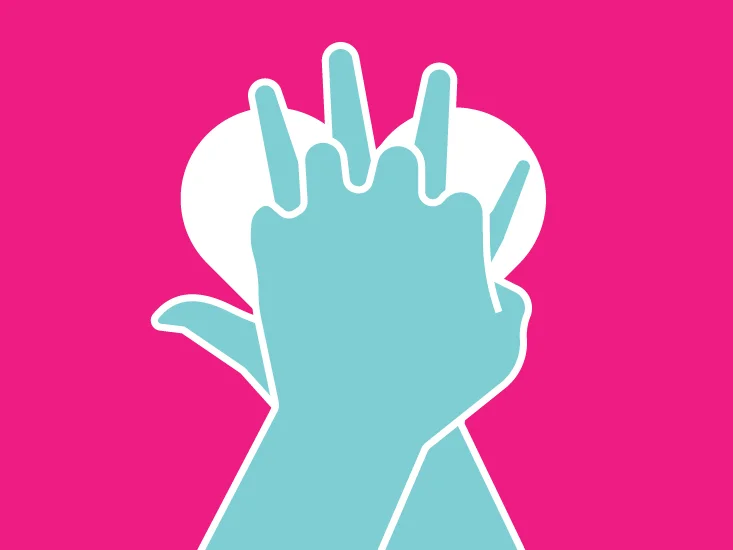
BLS CPR and AED
Automated external defibrillators (AEDs) are an essential tool in Basic Life Support (BLS) cardiopulmonary resuscitation (CPR). When a person experiences cardiac arrest, an AED can help to restore the heart’s normal rhythm, increasing their chances of survival.
To understand the importance of AEDs in BLS CPR, we must first understand what happens during cardiac arrest. During cardiac arrest, the heart’s electrical system malfunctions, causing the heart to stop beating or to beat irregularly. This can lead to a lack of oxygenated blood flow to the brain and other organs, resulting in irreversible damage or death. CPR manually pumps blood to the brain and other vital organs, allowing them to function until medical professionals can arrive and provide further treatment.
The purpose of an AED in BLS CPR is to restore the heart’s normal rhythm. The AED does this by delivering an electric shock to the heart. The shock can help to reset the heart’s electrical system, allowing it to return to a normal rhythm. AEDs are designed to analyze the heart’s rhythm and determine whether a shock is necessary. If a shock is needed, the AED will instruct the rescuer to administer the shock and then continue CPR.
One of the significant benefits of AEDs in BLS CPR is that they can be used by anyone, regardless of their training or experience. AEDs are designed to be straightforward to use, with a clear voice and visual instructions provided by the device. The AED will also analyze the heart’s rhythm and determine whether a shock is necessary, reducing the risk of human error. Even someone without medical training can use an AED to help save a life.
Another critical benefit of AEDs in BLS CPR is their ability to improve survival rates. When a person experiences cardiac arrest, every second counts. The longer the heart goes without a normal rhythm, the lower the chances of survival. Studies have shown that using an AED within the first few minutes of cardiac arrest can significantly increase the chances of survival. The American Heart Association (AHA) recommends using an AED as soon as possible during cardiac arrest, preferably within three to five minutes.
AEDs are also essential in locations where medical help may be delayed. For example, in rural or remote areas where ambulance response times may be longer, AEDs can be used to bridge the gap between the onset of cardiac arrest and medical assistance arrives. This means that AEDs can help to save lives in areas where access to medical help is limited.
Finally, AEDs can also be used to prevent cardiac arrest from occurring in the first place. AEDs can be used to identify individuals who are at risk of cardiac arrest and intervene before an incident occurs. For example, AEDs can be used to monitor the heart rhythms of individuals with a history of heart disease or those who have experienced a heart attack. If the AED detects abnormalities, it can alert medical professionals, who can intervene before a cardiac event occurs.
In conclusion, AEDs are an essential tool in BLS CPR. They can be used by anyone, regardless of their training or experience, and can significantly increase the chances of survival for individuals experiencing cardiac arrest. AEDs are designed to be straightforward to use, and they can help to prevent cardiac arrest from occurring in the first place. In locations where medical help may be delayed, AEDs can help to bridge the gap between the onset of cardiac arrest and medical assistance arriving, improving the chances of survival. Overall, using AEDs in BLS CPR is critical in saving lives.
Click here to renew your BLS certification.

No Comments
Sorry, the comment form is closed at this time.